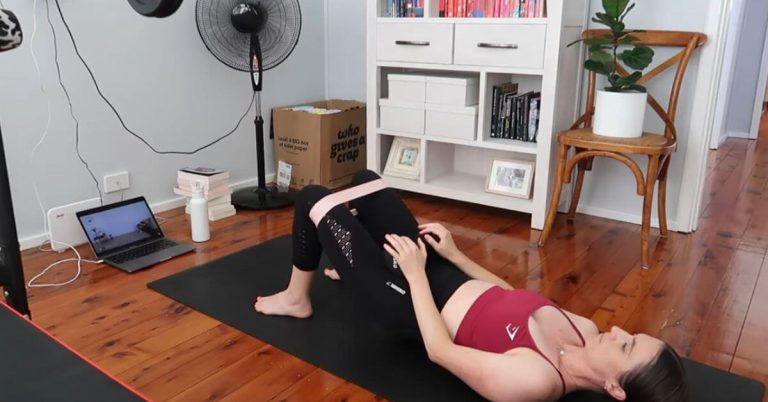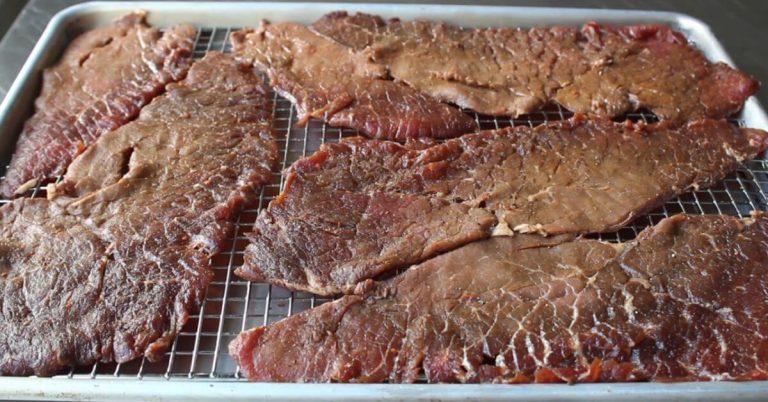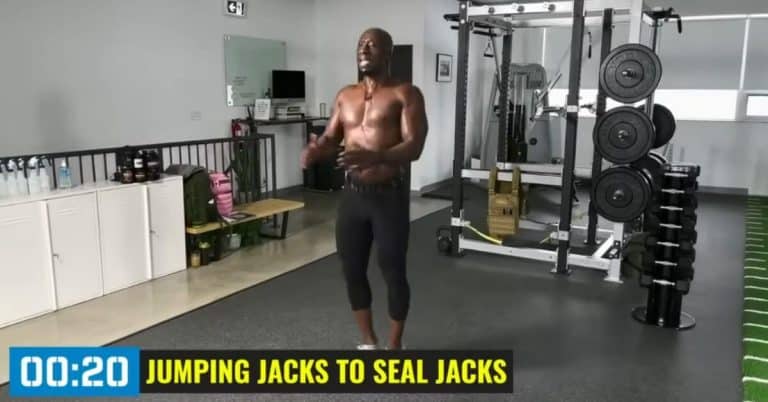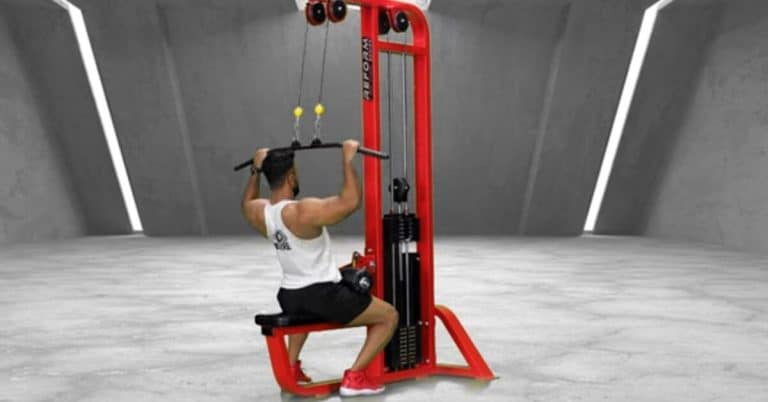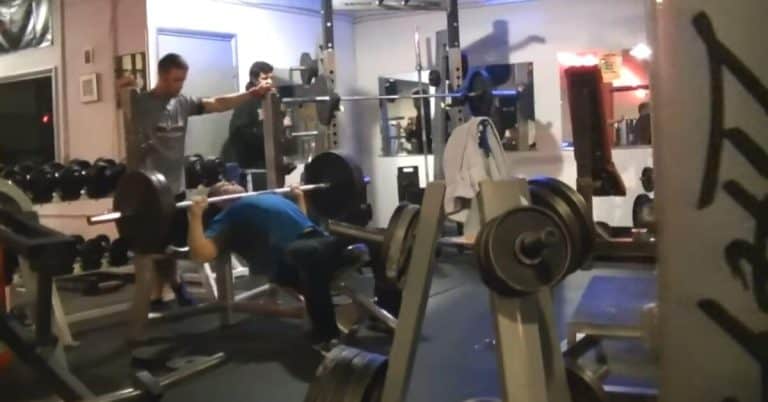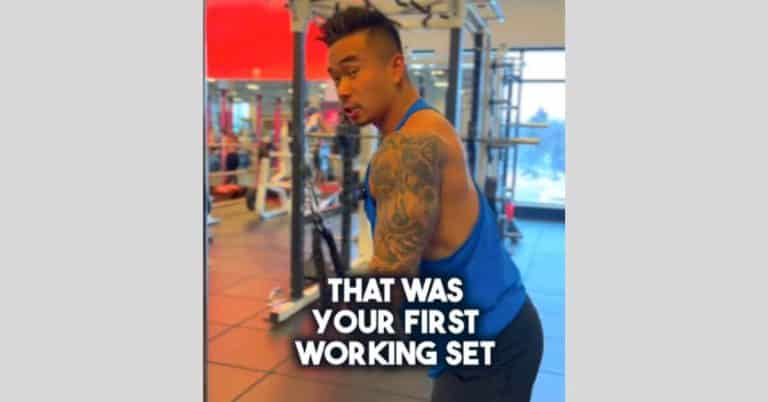Why Do I Feel Lat Pulldowns Killing My Forearms?
Last Updated on February 12, 2024 by Justin Harris
Why Do I Feel Lat Pulldowns Killing My Forearms: Lat pulldowns primarily work the muscles in your back, but you may feel it in your forearms due to grip strength and forearm activation. Forearms play a supporting role by stabilizing the weight during lat pulldown exercises.
This can lead to a sensation of fatigue or strain in the forearms.
The Connection Between Lat Pulldowns And Forearm Pain
The forearms play a crucial role in the execution of lat pulldown exercises. Composed of various muscles, tendons, and ligaments, the forearms are involved in gripping, stabilizing, and assisting in the movement of the lat pulldown bar. Understanding the specific structures within the forearms can shed light on why individuals might experience pain or discomfort in this area during lat pulldowns.
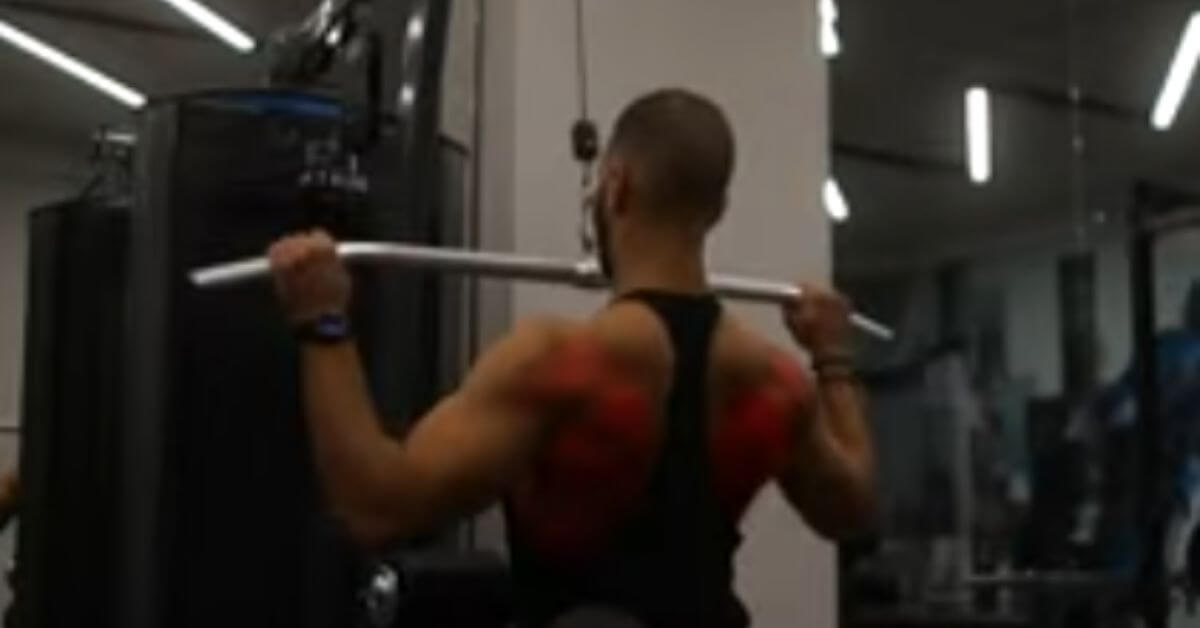
A lat pulldown is a resistance exercise that primarily targets the latissimus dorsi, or the “lats,” which are the large muscles of the back. The exercise involves sitting at a pulldown machine with a wide grip handle attached to a cable. By pulling the handle down toward the chest while maintaining proper form, individuals engage their back and arm muscles.
See More: Are Chest Flys Push Or Pull?
| Causes | Explanation |
|---|---|
| Tight Forearm Muscles | Tight muscles in the forearms can create strain and discomfort when performing lat pulldowns. Stretching exercises targeting the forearm muscles can help alleviate this issue. |
| Improper Form | Incorrect technique, such as using excessive grip pressure or allowing the wrists to bend excessively, can place additional stress on the forearms, leading to pain. |
| Overuse | Repeatedly performing lat pulldowns without proper rest and recovery can contribute to overuse injuries in the forearms, including tendonitis or muscle strains. |
Understanding The Forearms
The forearm muscles play a crucial role in various upper body exercises, including the lat pulldown. Understanding these muscles can help explain why you may feel the lat pulldown exercise in your forearms.
See More: Why Do My Muscles Feel Soft When I Flex?
The forearm consists of numerous muscles that work together to perform various functions, such as flexion, extension, pronation, and supination of the wrist and fingers. These muscles include the brachioradialis, flexor carpi radialis, extensor carpi radialis longus and brevis, flexor carpi ulnaris, extensor carpi ulnaris, and many more.
During the lat pulldown exercise, the grip and forearm position can influence the engagement of the forearm muscles. Using an underhand or supinated grip places more emphasis on the brachioradialis and flexor muscles, which can result in increased activation and tension in the forearms during the exercise. Additionally, the use of an incorrect grip width or improper form can cause excessive stress on the forearms, leading to increased fatigue and discomfort.
Engaging the forearm muscles during the lat pulldown can provide additional benefits, such as improved grip strength and overall forearm development. However, if the forearm discomfort persists or becomes painful, it is recommended to consult with a fitness professional or healthcare provider to ensure proper form and technique.
The Lat Pulldown Exercise
The lat pulldown exercise is a common upper body exercise that primarily targets the latissimus dorsi muscles, commonly known as the lats. These are the large muscles located on the sides of your back, and they are responsible for various movements such as shoulder extension, adduction, and internal rotation.
During the lat pulldown exercise, you typically sit at a machine with a cable and bar attachment overhead. The exercise involves pulling the bar down towards your chest by engaging the muscles of your upper back. This movement helps to strengthen and tone not only the lats but also other muscles including the rhomboids, trapezius, and biceps brachii.
Some individuals may experience the sensation of their forearms being worked during lat pulldowns. This can be attributed to the involvement of the brachioradialis muscle, which is located in the forearm. While the primary focus of the exercise is on the back muscles, it is not uncommon to feel engagement in other surrounding muscles as well.
The lat pulldown is a versatile exercise that can be modified to suit individual goals and preferences. By adjusting the grip width, hand position, and overall form, you can target different muscle groups and achieve a more comprehensive upper body workout.
Why Do I Experience Forearm Pain?
Feeling forearm pain during lat pulldowns can be caused by various factors, including overuse and strain, incorrect form and technique, and lack of forearm strength and stability.
Overusing the forearms without proper rest and recovery can lead to pain and discomfort. It is important to listen to your body and give it sufficient time to recover between workouts.
Performing lat pulldowns with incorrect form and technique can also contribute to forearm pain. If you are not using the correct grip or pulling too much weight, it can put excessive strain on your forearms.
Another factor could be a lack of forearm strength and stability. Your forearms play a significant role in gripping and stabilizing the weight during lat pulldowns. If your forearms are weak, they may struggle to handle the load, resulting in pain and discomfort.
Tips For Preventing Forearm Pain During Lat Pulldowns
When performing lat pulldowns, it’s common to feel pain or discomfort in the forearms. This can be caused by a variety of factors, including improper form and lack of forearm strength. To prevent forearm pain and ensure a more effective lat pulldown workout, consider the following tips:
Proper Warm-up And Stretching
- Before starting your lat pulldown routine, it’s important to properly warm up your muscles and stretch your forearms.
- Perform dynamic stretches such as wrist rotations and finger extensions to loosen up the muscles.
- Additionally, incorporate static stretches like forearm stretches and wrist flexion and extension.
Correct Grip And Hand Positioning
- Make sure you are using the appropriate grip and hand positioning during lat pulldowns.
- Avoid gripping the bar too tightly, as this can put excessive strain on the forearms.
- Instead, use a relaxed yet secure grip to minimize forearm tension while ensuring proper form.
Strengthening Forearm Muscles
- Include specific exercises that target the forearm muscles in your workout routine.
- Exercises such as wrist curls, reverse wrist curls, and forearm flexion and extension can help strengthen the forearms.
- Gradually increase the weights and repetitions to progressively challenge your forearms and enhance their resilience.
By implementing these tips and techniques, you can minimize forearm pain and discomfort during lat pulldowns and focus on effectively targeting your latissimus dorsi muscles for a balanced and fulfilling workout.
Conclusion
To sum up, if you’re experiencing forearm engagement during lat pulldowns, there are a few possible reasons. It could be due to improper form, a lack of grip strength, or an overactive forearm muscle. By addressing these factors and adjusting your technique, you can help alleviate the forearm strain and target the intended muscle groups more effectively.
Remember to focus on engaging your lats and using a proper grip to optimize your lat pulldown workout.
Read Also,
- Elliptical for Short Person
- Best Elliptical Under 1500
- Best Elliptical Under 1000
- Best Elliptical Under 600
- Folding Treadmill Under $200
- Best Treadmills Under $1500
- Best Treadmills Under $2000
- Best Exercise Bike Under £200
- Best Exercise Bike Under £300
- Exercise Bike for Short Person
- Treadmills 500 Pound Weight Limit

